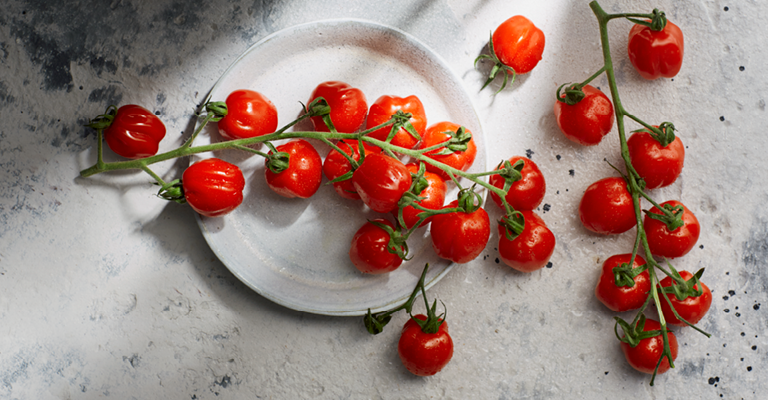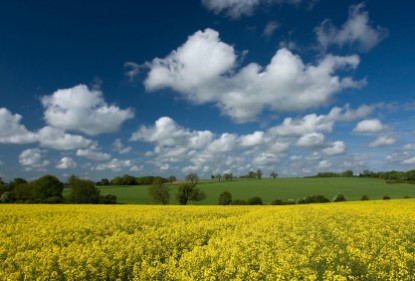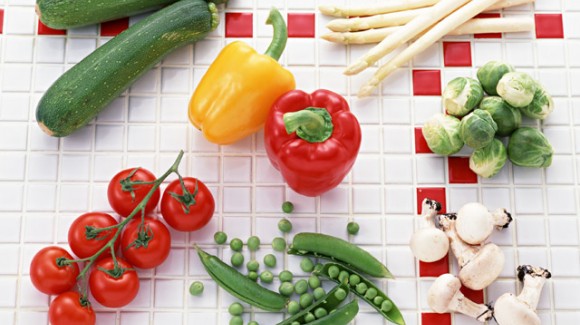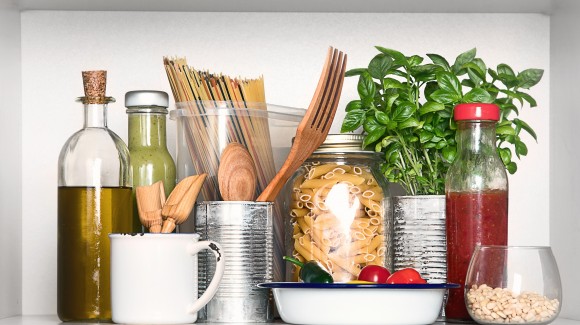
Cooking
Canola flowers ready to brighten salads
It’s a vibrant yellow, has an aroma as sweet as honey and a fresh delicate taste. That’s canola, according to Mark Modra, who produces 1,000 tonnes of it each year on the outskirts of Port Lincoln as well as east of Edillilie on South Australia’s Eyre Peninsula.
Mark was one of the first farmers to grow canola in the early 1990s, seeing it as an agronomic tool to manage disease and weeds. ‘Canola has allelopathic properties, meaning it naturally benefits the following wheat or barley crop without having to use fungicides and helps with overall disease control,’ he says. ‘Canola is also a competitive crop. When it’s managed properly, it can outgrow weeds because it can grow up to six-feet tall.’
In the last month, we have been fortunate enough to capture breath-taking views of endless seas of yellow with the canola crops in full bloom in grain regions across Australia.
The canola crop is windrowed, a process whereby it is cut down and put into rows to fully ripen. It’s then harvested in November. Mark says the lower Eyre Peninsula is the ideal environment for growing canola. ‘We grow non-genetically modified canola in fresh clean air directly off the Southern Ocean,’ he says. ‘Good and very reliable rainfall and seasonal conditions are conducive to growing canola. Because we have sea on three sides of us we have very mild growing conditions, meaning that the canola plants rarely get stressed.’
Mark says flowers (as a product) are available now in September and October. He says the real potential and untapped market for canola is its flowers as a salad or garnish option. ‘It’s light, refreshing taste combined with its vivid colour give many options for any creative chef.’
Enjoy your salads! Louise.
Join Louise on a journey through the seasons with salad ingredients, old traditions and popular, exotic or unusual vegetables. From Paddock to Plate founder, author, food writer, radio journalist & yoga teacher.



